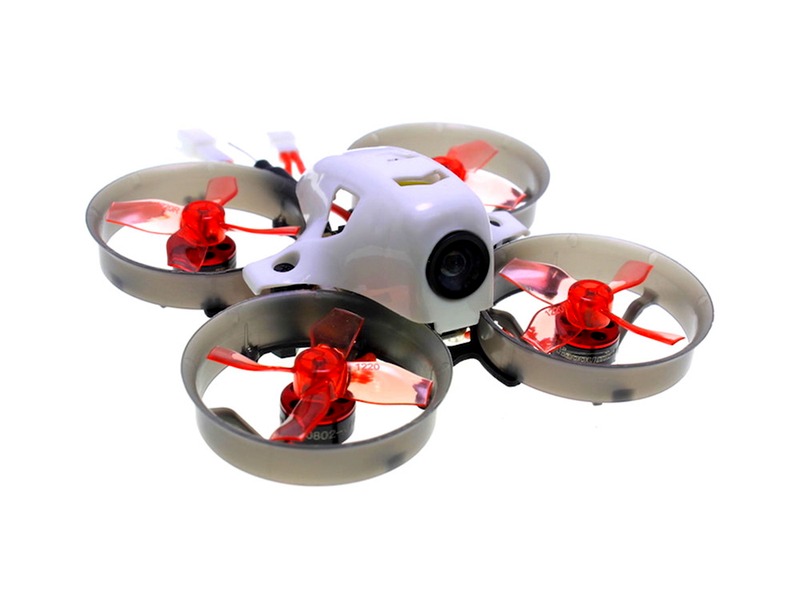What forces are on a quadcopter?

A quadcopter is a type of unmanned aerial vehicle (UAV) that is propelled and stabilized by four rotors. It is a type of multirotor helicopter that is distinct from other helicopters due to its symmetrical design and use of four rotors. Quadcopters are capable of performing a variety of maneuvers and tasks, such as aerial photography, search and rescue, and even package delivery.
The four rotors of a quadcopter are powered by electric motors that generate thrust, allowing the vehicle to move in any direction. The thrust generated by each rotor is controlled by varying the speed of the motor, which is achieved by sending electrical signals to the motor. The four rotors are arranged in a cross-like configuration, with two rotors spinning clockwise and two counterclockwise. This arrangement allows the quadcopter to remain stable in the air and to move in any direction.
The forces that act on a quadcopter are the same forces that act on any aircraft, including lift, drag, thrust, and weight. Lift is generated by the rotors as they spin, creating an upward force that counteracts the weight of the quadcopter. Drag is the force that acts in the opposite direction of the quadcopter’s motion, slowing it down. Thrust is the force generated by the rotors that propels the quadcopter forward. Finally, weight is the force of gravity acting on the quadcopter, pulling it towards the ground.
In addition to these four forces, a quadcopter is also affected by gyroscopic forces. Gyroscopic forces are generated by the spinning of the rotors, which cause the quadcopter to rotate in the direction of the spinning rotors. This rotation is known as precession, and it is used to control the direction of the quadcopter.
Finally, a quadcopter is affected by the forces of aerodynamics, which are generated by the air moving over the quadcopter’s body. These forces can cause the quadcopter to move in unexpected directions, and they must be taken into account when controlling the quadcopter.
In summary, a quadcopter is affected by four primary forces: lift, drag, thrust, and weight. In addition, gyroscopic forces and aerodynamic forces also affect the quadcopter’s motion. By controlling the speed of the rotors, the pilot is able to control the direction and speed of the quadcopter, allowing it to perform a variety of maneuvers.

